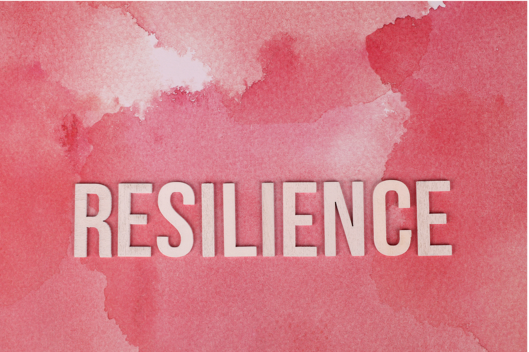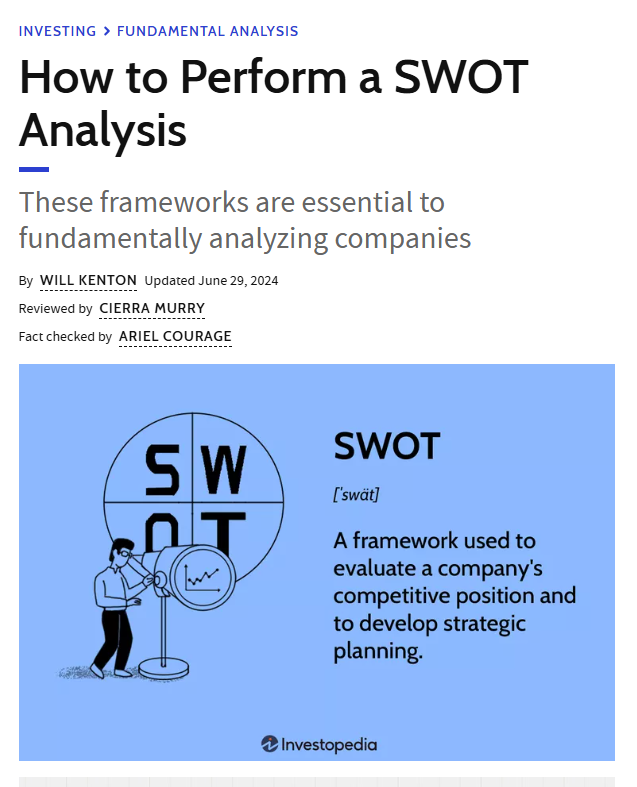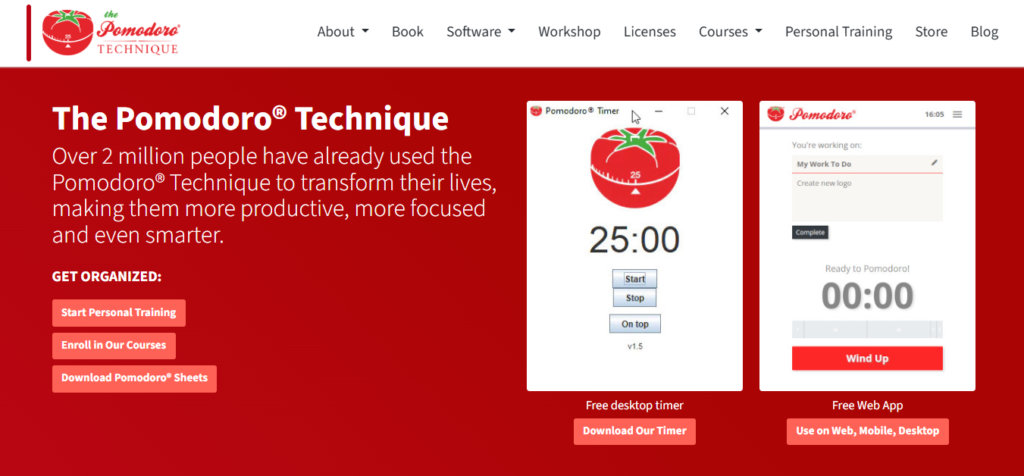For More Free Videos, Subscribe to the Rhodes Brothers YouTube Channel.
Want to unlock a hidden wellspring of strength, resilience, and personal growth? It’s closer than you think. By embracing deliberate hardship, you can transform challenges into opportunities for extraordinary self-discovery and achievement. This isn’t about masochism; it’s about strategically pushing your boundaries to uncover your true potential. We’ll explore practical strategies, proven techniques, and real-world examples to help you harness the power of deliberate hardship.

John S. Rhodes, of the Rhodes Brothers, eloquently stated, “It’s not until steel meets steel where you are able to sharpen yourself.” This perfectly encapsulates the essence of deliberate hardship: facing challenges head-on to forge a stronger, more resilient you.
Let’s say you’re aiming for a promotion at work. Instead of simply doing your job, you could deliberately take on a challenging project outside your comfort zone, mastering new skills and demonstrating your capabilities in a tangible way. This deliberate act of hardship will not only enhance your skills but also showcase your dedication and resilience.
TL;DR
- Unleash Your Inner Strength: Discover how strategically planned challenges can build resilience and unlock hidden potential.
- Master the Art of Deliberate Hardship: Learn practical techniques to identify, approach, and overcome self-imposed challenges.
- Transform Obstacles into Opportunities: Turn setbacks into stepping stones for growth and achievement.
- Real-World Examples & Actionable Steps: Gain insights from real-life scenarios and a step-by-step guide to implement deliberate hardship in your life.
- Avoid Common Pitfalls: Learn from common mistakes and discover solutions to navigate challenges effectively.
- Boost Your Resilience & Achieve Breakthroughs: Develop the mental fortitude to overcome obstacles and achieve your goals.
Harnessing the Power of Deliberate Hardship: A Step-by-Step Guide
Deliberate hardship isn’t about pointless suffering; it’s about consciously choosing challenges that push your limits in a controlled and meaningful way. It’s about identifying areas for growth and creating scenarios that force adaptation, learning, and evolution. Think of it as a strategic, self-imposed crucible designed to forge resilience and unlock your potential.
Step 1: Identify Your Areas for Growth

What aspects of your life need improvement? Are you aiming for better physical fitness, improved financial stability, enhanced relationships, or greater professional success? Specificity is key. Instead of “get in shape,” aim for “run a 5k in under 30 minutes.” Vague goals lead to vague results. Use tools like a journal or a simple mind map to brainstorm areas needing improvement. Consider using the SWOT analysis (Strengths, Weaknesses, Opportunities, Threats) to gain a clearer perspective on your current situation and identify areas ripe for challenge.
Step 2: Design Your Deliberate Hardship
Now, create a challenge tailored to your goals. This isn’t about picking something arbitrarily difficult; it’s about a calculated push.
Physical Challenges:
- Goal: Improve cardiovascular health.
- Hardship: Commit to a 30-minute run three times a week, gradually increasing distance and intensity. Use a fitness tracker (like Fitbit or Apple Watch) to monitor progress and stay motivated.
- Tool: Nike Run Club app (provides guided runs, progress tracking, and community support).
Mental Challenges:
- Goal: Learn Spanish.
- Hardship: Dedicate 30 minutes daily to language learning using an app like Duolingo or Babbel, supplementing with a weekly conversation practice session with a tutor (found on iTalki or Verbling).
- Tool: Anki (flashcard app for memorizing vocabulary and grammar).
Emotional Challenges:
- Goal: Overcome public speaking anxiety.
- Hardship: Join a Toastmasters club, starting with small speaking roles and gradually increasing the complexity of your presentations. Record yourself practicing to identify areas for improvement.
- Tool: Presentation software (PowerPoint, Google Slides) to structure and refine your presentations.
Financial Challenges:
- Goal: Save for a down payment on a house.
- Hardship: Create a detailed budget using a budgeting app like Mint or YNAB (You Need A Budget), automatically transferring a set amount to a savings account each month. Explore different investment options (with professional advice if needed).
- Tool: YNAB (You Need A Budget) app for detailed budgeting and financial tracking.
Remember, the challenge should be difficult but achievable. It should push you, but not overwhelm you. John S. Rhodes’s advice to find where “steel meets steel” is crucial here. Don’t aim for the impossible; aim for the incredibly challenging, yet realistic.
Step 3: Develop a Plan and Set Realistic Goals:
Break down your challenge into smaller, manageable steps. Create a timeline using a project management tool like Trello or Asana. Set specific, measurable, achievable, relevant, and time-bound (SMART) goals for each step. Track your progress regularly. A simple spreadsheet can suffice, but project management tools offer better visualization and collaboration features.
Step 4: Embrace the Process and Learn from Setbacks:
Setbacks are inevitable. View them as opportunities for learning and adaptation. Use a journal to document your experiences, both successes and failures. Analyze what went wrong, adjust your strategy, and keep moving forward. Don’t be afraid to seek feedback from others.
Step 5: Celebrate Your Victories:
Acknowledge and celebrate your accomplishments, no matter how small. Positive reinforcement is crucial for maintaining motivation. Reward yourself for reaching milestones. This could be anything from a small treat to a larger reward, depending on the goal. Use a habit tracker app (like Habitica or Streaks) to visually represent your progress and celebrate achievements.
Example: Overcoming Procrastination

Many struggle with procrastination. A deliberate hardship approach could involve using the Pomodoro Technique (25 minutes of focused work followed by a 5-minute break). Initially, forcing yourself to work for 25 minutes might feel incredibly difficult. However, with consistent effort, this will lead to improved focus and discipline. Use a timer app (like Focus To-Do or Forest) to enforce the Pomodoro Technique and track your progress.
“The only way to do great work is to love what you do. If you haven’t found it yet, keep looking. Don’t settle.” – Steve Jobs This quote emphasizes the importance of finding challenges that align with your passions, making the hardship more meaningful and sustainable.
Actionable Steps for Different Demographics
The concept of deliberate hardship applies to everyone, regardless of age or life stage. However, the approach and specific challenges should be tailored to individual circumstances and capabilities.
Beginners
For beginners, the journey of deliberate hardship starts with small, manageable steps. The goal isn’t to conquer Mount Everest on day one; it’s to build a foundation of consistency and resilience. Think of it like training for a marathon: you wouldn’t start by running 26 miles; you’d begin with shorter distances and gradually increase your endurance.
- Start Small, Build Momentum: Beginners should avoid overwhelming themselves. Start with tiny, easily achievable challenges. The focus is on establishing a habit of facing discomfort and building consistency. For example, instead of aiming for a daily hour-long workout, start with 15 minutes of walking. Once that becomes routine, gradually increase the duration or intensity.
- Focus on Consistency over Intensity: The key for beginners is consistency. Small, regular efforts are more effective than sporadic bursts of intense activity. Use a habit tracker app (like Habitica or Streaks) to monitor progress and maintain motivation. Celebrate small wins to reinforce positive behavior.
- Choose Challenges Aligned with Existing Interests: Select challenges that tap into existing interests or hobbies. This makes the process more enjoyable and sustainable. If you enjoy baking, try a challenging new recipe. If you like gardening, try growing a new type of plant.
- Seek Support and Accountability: Share your goals with a friend or family member who can offer support and encouragement. This accountability can make a significant difference in maintaining motivation.
Millennials
For millennials, navigating the world of deliberate hardship often means leveraging the tools and technologies readily at their fingertips. This generation’s digital fluency can be a powerful asset in designing and executing challenging goals.
- Leverage Technology: Millennials are digitally native, so leverage technology to track progress, find community, and stay motivated. Utilize fitness trackers, language learning apps, productivity tools, and social media groups dedicated to specific challenges.
- Connect with Online Communities: Find online communities and support groups related to your chosen challenge. Sharing experiences and receiving encouragement from others facing similar hurdles can be incredibly motivating. Platforms like Reddit, Facebook groups, and Discord servers offer opportunities for connection.
- Gamify Your Challenges: Many apps gamify habit formation and goal achievement. Using these apps can transform challenges into engaging games, making the process more enjoyable and less daunting.
- Embrace Flexible Goal Setting: Millennials often juggle multiple responsibilities. Embrace flexible goal setting, allowing for adjustments based on changing priorities and circumstances. Don’t be afraid to modify your plan as needed.
People Nearing Retirement
For individuals nearing retirement, deliberate hardship takes on a different meaning, focusing on maintaining and enhancing physical and mental well-being rather than solely on high-intensity achievement. The goal is to embrace challenges that promote a fulfilling and engaged retirement, not to push to the absolute limit.
- Prioritize Physical and Mental Well-being: For those nearing retirement, the focus should be on challenges that promote both physical and mental well-being. This might involve gentle exercise routines, learning a new skill (like painting or pottery), or engaging in activities that stimulate cognitive function (like puzzles or brain training games).
- Choose Low-Impact Activities: Select activities that are low-impact and appropriate for physical capabilities. Consider activities like yoga, tai chi, or swimming.
- Focus on Social Connection: Engage in activities that foster social connection and combat loneliness. This could include joining a book club, volunteering, or taking a class.
- Embrace Lifelong Learning: Learning new skills and pursuing intellectual stimulation can help maintain cognitive sharpness and prevent mental decline. Consider taking online courses, joining a community college class, or exploring new hobbies.
Regardless of your demographic, remember that the key to successful deliberate hardship is to choose challenges that are personally meaningful, appropriately scaled to your capabilities, and supported by a strong plan and a supportive community. The process should be challenging, but ultimately rewarding and enriching.
Common Mistakes to Avoid
Embarking on a journey of deliberate hardship requires careful planning and self-awareness. Avoiding common pitfalls is crucial for maximizing the benefits and minimizing the risks of pushing your boundaries.
Setting Unrealistic Goals: One of the most common mistakes is biting off more than you can chew. Setting overly ambitious goals, especially at the outset, can lead to discouragement and ultimately, failure. Remember the tortoise and the hare—slow and steady wins the race. Start small, with manageable challenges that allow you to build confidence and momentum. Gradually increase the difficulty as you gain experience and resilience. Break down large, daunting goals into smaller, more achievable steps to maintain motivation and track progress effectively.
Lack of Planning: Failing to plan is indeed planning to fail. Deliberate hardship isn’t about haphazardly throwing yourself into difficult situations; it’s about strategically choosing challenges and developing a clear plan for overcoming them. Before embarking on any significant challenge, create a detailed plan outlining the steps involved, potential obstacles, and strategies for overcoming them. This plan should include realistic timelines, milestones, and methods for tracking progress. Tools like project management software (Trello, Asana), spreadsheets, or even a simple journal can be invaluable in this process. Regularly review and adjust your plan as needed, adapting to unforeseen circumstances and learning from your experiences.
Giving Up Too Easily: Setbacks are inevitable. They are not failures; they are opportunities for learning and growth. Don’t let temporary setbacks derail your progress. Analyze what went wrong, adjust your strategy, and keep moving forward. Resilience is built through overcoming adversity, and each setback provides valuable insights into your strengths and weaknesses. Develop a mindset that views challenges as opportunities for learning and growth, rather than insurmountable obstacles. Remember your “why”—your underlying motivation for undertaking the challenge—to stay focused and motivated during difficult times.
Neglecting Self-Care: Pushing yourself too hard without adequate rest and recovery can lead to burnout. Prioritizing self-care is not a sign of weakness; it’s a crucial element of sustainable progress. Ensure you’re getting enough sleep, eating nutritious food, engaging in activities you enjoy, and taking time to relax and de-stress. Regular breaks and periods of rest are essential for preventing burnout and maintaining long-term motivation. Ignoring self-care can lead to physical and mental exhaustion, undermining your ability to persevere through challenges.
Focusing Solely on the Outcome: While achieving the desired outcome is important, it’s equally crucial to enjoy the process. The journey of deliberate hardship is as valuable as the destination. Focus on the personal growth, the skills you’re developing, and the lessons you’re learning along the way. Celebrate small victories and acknowledge your progress, regardless of the final outcome. This mindset shift makes the entire experience more rewarding and sustainable, fostering a sense of accomplishment even in the face of setbacks. Remember, the process itself builds resilience and character, regardless of whether you reach your initial goal.
Frequently Asked Questions
How do I know if a challenge is the right level of difficulty?
A good challenge should push you outside your comfort zone, but not overwhelm you. You should feel a sense of accomplishment after completing it, but also a sense of having learned something new.
What if I fail?
Failure is a learning opportunity. Analyze what went wrong, adjust your strategy, and try again. Don’t let setbacks discourage you.
How can I stay motivated?
Set realistic goals, track your progress, celebrate your successes, and find a support system. Reward yourself for reaching milestones.
Is deliberate hardship the same as self-sabotage?
No. Deliberate hardship is about consciously choosing challenges to grow, while self-sabotage is about unconsciously undermining your own success.
How do I incorporate deliberate hardship into my daily routine?
Start small. Add a small challenge to your routine each day, such as taking the stairs instead of the elevator, or reading for 15 minutes before bed.
Can deliberate hardship help with mental health?
Yes, overcoming challenges can boost self-esteem and resilience, which can be beneficial for mental health. However, it’s crucial to consult a mental health professional if you’re struggling with significant mental health issues.
What are some examples of deliberate hardship for creative professionals?
For writers, it might be to write a certain amount of words daily, even if it’s not good writing. For artists, it might be to experiment with a new medium or style.
How can I measure the success of my deliberate hardship?
Define clear, measurable goals beforehand. Track your progress against those goals. Success is not just about the outcome, but also about the growth and learning that occurs along the way.
What if I don’t see results immediately?
Be patient. Building resilience and achieving significant goals takes time and effort. Focus on the process and celebrate small victories along the way. Consistent effort is key.
Are there any tools that can help with deliberate hardship?
Yes! Many apps and tools can assist with goal setting, progress tracking, and habit building. Examples include Habitica (gamifies habit building), Streaks (habit tracker), and Todoist (task management).
Embrace the Challenge, Unleash Your Potential
The journey of deliberate hardship is not about suffering for suffering’s sake; it’s about strategically choosing challenges that push your boundaries, fostering resilience, and unlocking your true potential. By following the actionable steps outlined above – from identifying your growth areas to celebrating your victories – you can harness the power of deliberate hardship to achieve remarkable personal and professional growth. Setbacks are inevitable, but they are also invaluable learning opportunities. Embrace the process, learn from your mistakes, and never stop striving to become the best version of yourself.
Get started today by identifying one area in your life where you want to improve and crafting a small, manageable challenge. Don’t be afraid to step outside your comfort zone; that’s where the magic happens.
Thank you for joining us and exploring the transformative power of deliberate hardship. We encourage you to visit and subscribe to the Rhodes Brothers YouTube Channel for more videos and resources to help you on your journey to success.
Resource List
This list provides a range of resources to further your understanding and application of deliberate hardship:
Books
- Mindset: The New Psychology of Success by Carol S. Dweck
- The Obstacle Is the Way by Ryan Holiday
- Daring Greatly by Brené Brown
- Grit: The Power of Passion and Perseverance by Angela Duckworth
- Man’s Search for Meaning by Viktor Frankl
Podcasts
- The Tim Ferriss Show
- The Joe Rogan Experience
- How I Built This
- The Huberman Lab Podcast
- The Knowledge Project
Courses & Workshops
- Coursera (various courses on resilience, psychology, and personal development)
- Udemy (various courses on goal setting, habit formation, and overcoming challenges)
- MasterClass (various courses on leadership, creativity, and personal mastery)
Tools & Apps
- Habitica (gamified habit tracker)
- Streaks (habit tracker)
- Todoist (task management)
- Trello (project management)
- Asana (project management)
- Google Calendar (scheduling and time management)
Websites & Blogs
This list offers a starting point for your continued exploration of deliberate hardship. Remember, consistent effort and a commitment to personal growth are key to unlocking your full potential. Embrace the challenge, and watch yourself transform.
Leave a Reply